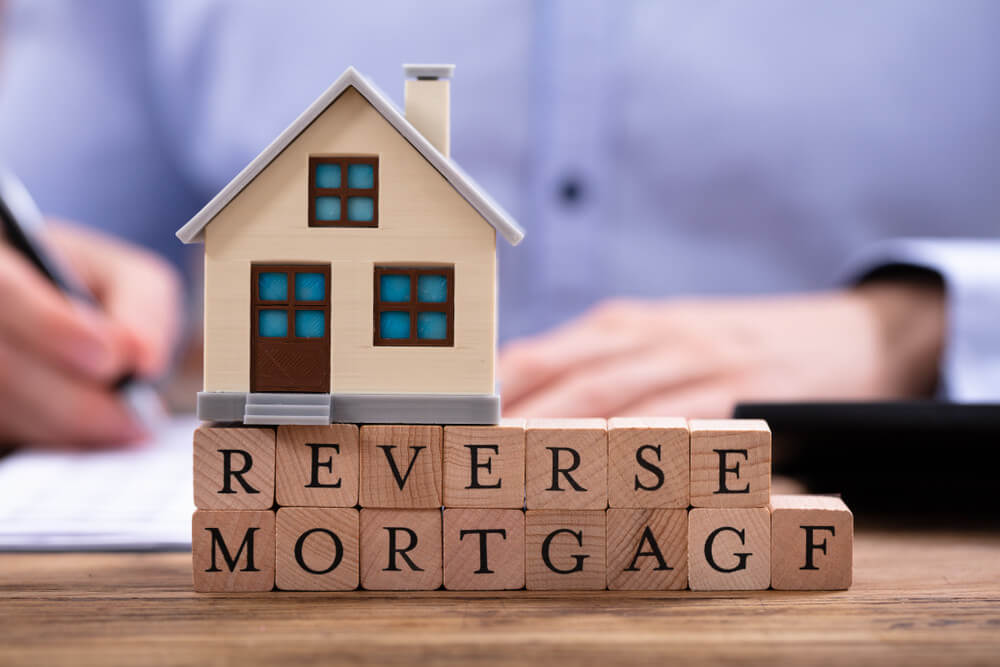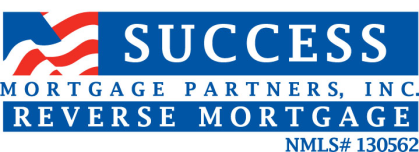

The very nature of a reverse mortgage loan can be confusing. With a reverse mortgage loan, lenders pay you either in monthly installments, with one lump sum, a line of credit or as a combination of a line of credit and monthly installments. The following lists provide information regarding repayment of a reverse mortgage loan.
A reverse mortgage loan comes due when under the following conditions:
- Death of the homeowner or last surviving eligible non-borrowing spouse
- Upon sale of the home by the homeowner
- If the homeowner lives elsewhere for 12 consecutive months (i.e. assisted living home)
- Upon one of the instances of default listed below.
When the reverse mortgage loan becomes due there are two options for paying it off.
- Proceeds from the sale of the home
- The heirs of the homeowner can refinance the loan
Like all loans a reverse mortgage loan does carry conditions in order to remain valid. Below is a list of reasons for which a borrower would find themselves in default.
- Failure to pay property taxes
- Failure to keep the home in good repair
- Failure to insure the home
- Taking of new debt on the home
- Bankruptcy
- Abandonment or donation of the home
- Eminent domain
To apply for your reverse mortgage loan click here.
These materials are not from HUD or FHA and were not approved by HUD or a government agency.
